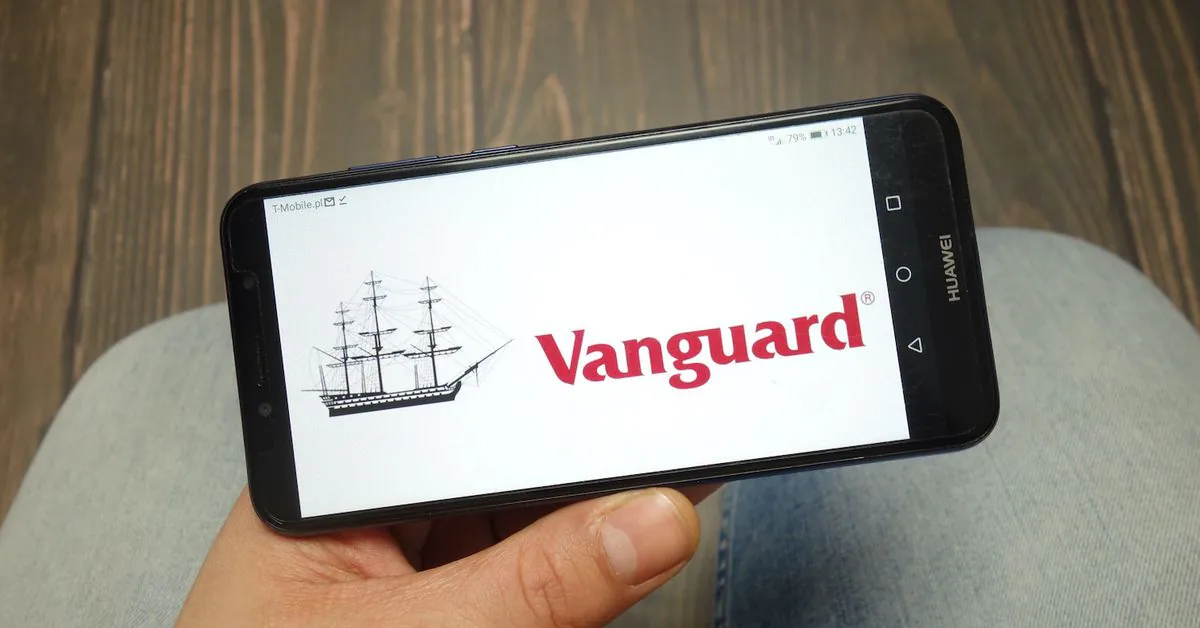Introducing Mercury Layer: A Paradigm Shift in Statechains
CommerceBlock has made significant enhancements to their initial Mercury statechain implementation, which functions as a second layer similar to Lightning, greatly enhancing user privacy. As a result, the operator is now unable to access any information about user activity on-chain.Mercury Layer A Big Upgrade on Statechains
Are you tired of the limitations and fees associated with traditional payment channels? Do you crave more flexibility and privacy in your transactions? Look no further! CommerceBlock has just released Mercury Layer, an upgraded version of their statechains technology that will revolutionize the way we transfer ownership and conduct transactions on the blockchain.
But wait, what exactly are statechains? 🤔 Allow me to explain with a touch of humor and a sprinkle of analogies.
Statechains can be thought of as a collaboratively shared UTXO (unspent transaction output) with a pre-signed transaction as a safety net for enforcing ownership. Similar to Lightning channels, statechains allow for off-chain transfers of funds. However, unlike Lightning channels that are limited to two static participants, statechains open the doors for transfers between any two willing participants, all under the watchful eye of a trustworthy operator.
Here’s how it works. When someone wants to load a statechain, they collaborate with the operator to generate a shared public key. This key ensures that both the creator and the operator have a stake in the private key needed to claim the coins back unilaterally. A pre-signed transaction is also prepared, just in case things go awry.
- How to Collect Art: A Systemic Approach to Turning a Profit
- Crypto Regulation Made Easier: Europe’s MiCA Initiative
- Crypto advocates made a case for decentralized AI at the Davos conference.
To transfer ownership of a statechain, the current owner collaborates with the receiver and the operator to sign a cryptographic proof with their keyshare, stating that they are transferring the coin. The receiver and the operator then generate new keyshares that sum up to the same private key and sign a timelocked transaction for the new owner, allowing them to use the funds sooner. This process continues until the timelock reaches its minimum, at which point the statechain must be closed out on-chain.
But what about transparency and security? How can we ensure that everything is above board? CommerceBlock has thought of that too! They have introduced a variant of Opentimestamps called Mainstay, which timestamps each transfer in the statechain’s history. This way, everyone can audit the transfer history and ensure that the timelocks have been decremented as expected.
Now, let’s dive into the exciting part – the Mercury Layer upgrade! 🚀
In the land of the blind, the operator will no longer have any information about the transactions being transferred. Thanks to a blinded variant of Schnorr MuSig2, Mercury Layer enables the signing of backout transactions without revealing any details to the operator. This brings about some design changes, as the operator can no longer validate the transactions it signs or provide the full transfer history through Mainstay.
So how does the operator attest to the statechain’s ownership without knowing any of the details? Well, brace yourselves for client-side validation! The operator keeps track of the number of times it has signed something for a single statechain, providing that number when requested. The user then receives the transaction data from the sender, verifies that the number of transactions matches the operator’s claim, and checks the validity of the signatures and timelocks. This ensures that the transfer history and current state are legitimate.
To make this client-side validation possible, the operator server assigns a random identifier to each statechain at creation. It also keeps track of the statechain’s denomination, private key shares, and public key shares (not the full aggregate public key). When it comes to sharding and re-sharding the key, the server blinds the necessary data, preventing it from ever learning the user’s full public key share. This ensures privacy and security throughout the process.
And here’s the icing on the cake! Statechains can work in harmony with Lightning channels. By having the statechain pay out to a multisig address, two participants can negotiate Lightning commitment transactions on top of it. Just remember to close the statechain on-chain before closing the Lightning channel, and you’re good to go!
With the enhanced privacy and composability of statechains, the possibilities for second layer transactional mechanisms on Bitcoin are endless. This opens doors for greater flexibility and scalability, particularly in the face of recent mempool dynamics and increasing fee pressure.
In conclusion, CommerceBlock’s Mercury Layer is a game-changer, offering liquidity benefits similar to Ark but with the advantage of being live and functional today. While it does operate on a different trust model than Lightning alone, the gains in flexibility and scalability make it a worthy contender. So, embrace the power of Mercury Layer and unlock a new era of seamless and private transactions on the blockchain! 💪
Q&A:
Q: What are the main benefits of using statechains? A: Statechains offer greater flexibility and scalability compared to traditional payment channels. They allow for off-chain transfers between multiple participants, while ensuring the security of ownership through pre-signed transactions. The recent upgrade to Mercury Layer also brings enhanced privacy through blinded transactions.
Q: How does Mercury Layer ensure privacy and security? A: Mercury Layer incorporates a blinded variant of Schnorr MuSig2, which enables backout transaction signing without revealing any transaction details to the operator. The use of Mainstay timestamps also ensures the auditing and verification of the statechain’s transfer history. Additionally, client-side validation plays a crucial role in confirming the legitimacy of the transfer history and state.
Q: Can statechains work in conjunction with Lightning channels? A: Absolutely! Statechains can be combined with Lightning channels by having the statechain pay out to a multisig address. This allows participants to negotiate Lightning commitment transactions on top of the statechain. However, it’s essential to close the statechain on-chain before closing the Lightning channel.
Q: What advantages does Mercury Layer bring compared to the previous version of statechains? A: Mercury Layer introduces enhanced privacy through blinded transactions, ensuring that the operator has no knowledge of the transaction details. It shifts the attestation of ownership to client-side validation, making it more secure and efficient. These upgrades make statechains even more powerful and appealing for second layer transactions.
References:
- CommerceBlock’s Mercury Layer release
- CommerceBlock’s Mercury statechains explanation
- Mainstay for timestamping
Now that you’re armed with knowledge about Mercury Layer and statechains, don’t keep it to yourself! Share this article with your friends and spread the word about this groundbreaking technology. Together, we can unlock a new era of seamless and private transactions on the blockchain! 💫✨
We will continue to update Blocking; if you have any questions or suggestions, please contact us!
Was this article helpful?
93 out of 132 found this helpful
Related articles
- Bitcoin Adoption and Potential in Pakistan: A Glimpse into the Future
- The Ever-Changing Crypto Narrative: What to Expect in 2024
- Navigating the Written Odyssey: Instant Settlement in the Publishing Industry 📚💰
- Bitcoin ETFs: More Than Just FOMO
- Don’t Break Userspace: The Golden Rule of Bitcoin and Linux
- 🗞️ Trump Takes a Stance Against Central Bank Digital Currency (CBDC)
- The Rise of Friendly Governance Abstraction in DAOs






